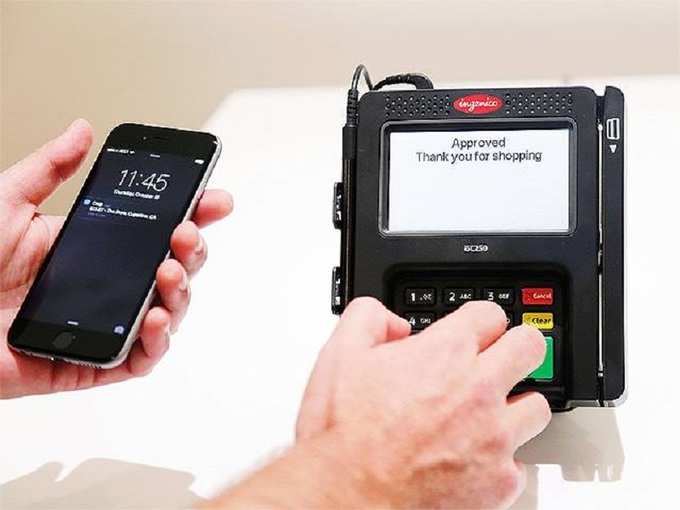 Young and modern Indians are restless and want instantaneous results in this age of hyper connectivity. They are no longer intimidated by high impenetrable walls of “banks” and hardly have the patience to visit bank branches. Not only is the generation of today buying everything from groceries to gadgets online, they want every transaction to happen at one tap in their hand held devices.
Young and modern Indians are restless and want instantaneous results in this age of hyper connectivity. They are no longer intimidated by high impenetrable walls of “banks” and hardly have the patience to visit bank branches. Not only is the generation of today buying everything from groceries to gadgets online, they want every transaction to happen at one tap in their hand held devices.The launch of the United Payments Interface (
What UPI offers
In line with the vision of the
This is how it will work currently. You will need to download the UPI app and register a virtual ID and set an MPIN to it. Once you add you bank details to it, you can send and receive money and even shop online with your virtual ID. Every time you use this app, you will get a notification on your app where you will be asked to authorize the transaction with an MPIN. In case you want to send money to a person who does not have a virtual ID on the UPI, all you need to do is to add him or her as a beneficiary just like it is done in the NEFT mode.
The promise to bring down cash dependence
Not only does the UPI platform take the comfort level of a consumer a notch higher by allowing him to carry out any transaction on his smartphone, it is expected to bring down the number of cash transactions in the country drastically. According to a recently published report ahead of the launch of UPI, India is a cash intensive economy, with a cash to
CoD transactions turn out to be very expensive for the seller especially if the product is returned by the customer. Not only are the instances of returns higher when transactions happen in cash, the cash collection and settlement process is lengthy and complicated and often a seller ends up paying much more than the original amount he spent to ship the product, as the courier companies also charge an extra amount for collecting and handling cash. Over and above that there are pitfalls and the danger of pilferage in cash transactions that has ailed the nascent e-commerce sector in India for long.
With the launch of UPI, e-tailers are hoping the UPI turns out to be the proverbial magic wand that will get customers off CoD as small transactions can be carried out on this platform with utmost ease and without the fear of one’s security being compromised. If the UPI indeed achieves the success that it is expected to it will accelerate the growth of the e-commerce industry manifold.
The facelift of the banking sector
Of late the banking sector has hit headlines for all the wrong reasons with willful defaulters, loan write offs and burgeoning non-performing assets, but the launch of UPI heralds a revolutionary change of sorts. In fact the entire banking structure has slowly but surely getting a facelift with the RBI Governer, Raghuram Rajan insisting that the old must make way for the new and it is tie to shed to conservative approach that RBI has been best known for.
Under his aegis therefore 12 new bank licenses have been issued since liberalization and 10 small finance banks and 11 payment banks have been given approval. Small finance banks are expected to bring about the much needed financial inclusion by providing financial facilities to the underserved sections of the society while payment banks which will handle deposits and remittances and not credit. With the launch of UPI “the revolution in banking” that the RBI Governor has been speaking of, may finally have arrived!
(Rajiv Raj is the Director and Co-Founder of www.creditvidya.com)
